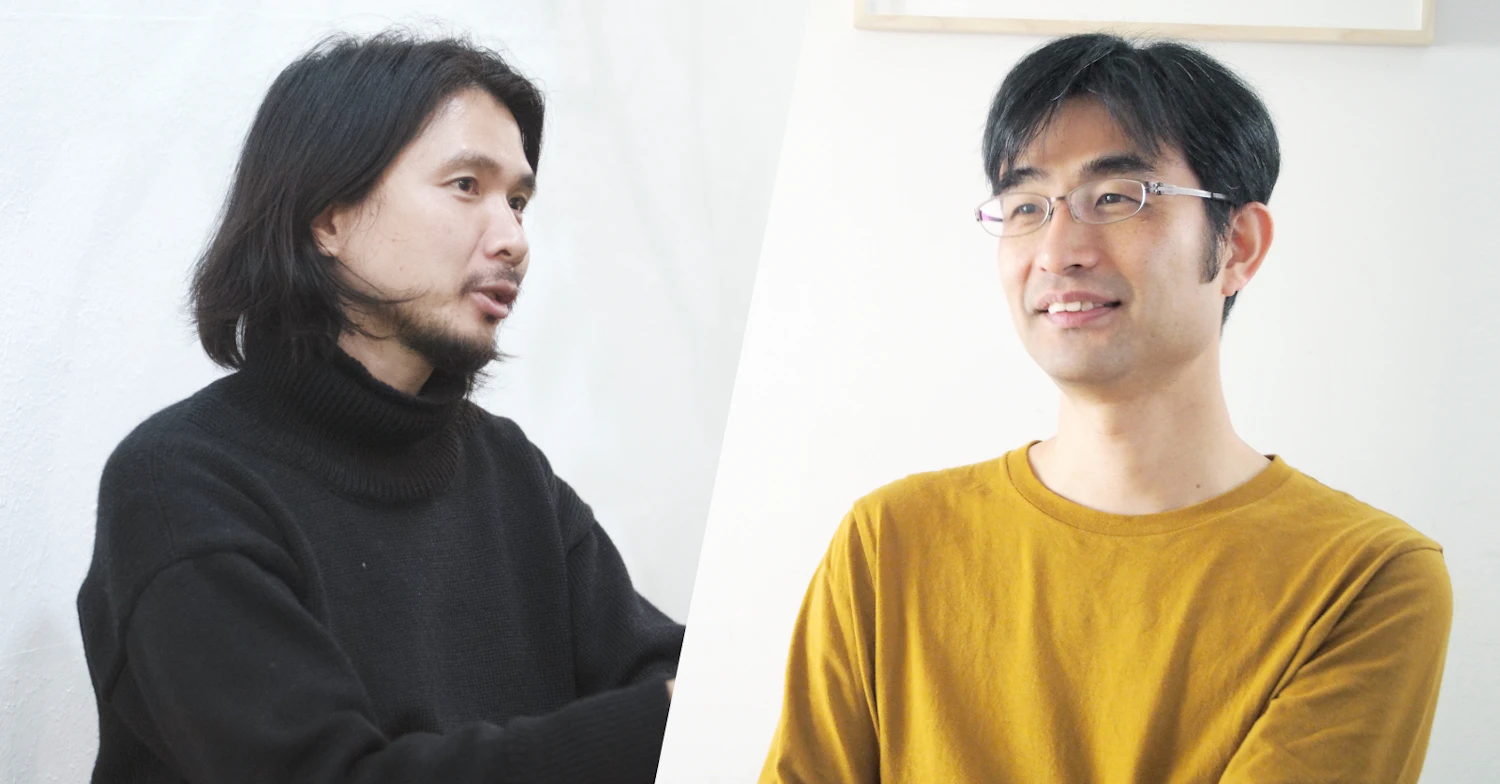Talk: Tatsushi Fujihara & Yoshikazu Yamagata "Fashion from the Perspective of Cycles & Decomposition"

Associate Professor at the Institute for Research in Humanities, Kyoto University. Specializes in agricultural history, researching the history and philosophy of food and agriculture in the 20th century. Using the analytical concepts of "decomposition" (breaking things down, stripping off properties, and transforming them into different components) and "enshoku" (a form of eating that is less isolated than solitary meals but not as strongly connected as communal meals), he explores historical methods that simultaneously describe the natural and human worlds. His books include "縁食論" (MISHIMASHA PUBLISHING CO.), "分解の哲学" (Seidosha), "食べるとはどういうことか" (Rural Culture Association Japan), "給食の歴史" (Iwanami Shoten, Publishers), and "ナチス・ドイツの有機農業" (KASHIWASHOBO Publishing Co., Ltd.). In February 2019, he received the 15th Japan Society for the Promotion of Science Prize.
Fashion designer. Graduated from the Women's Wear Course of the Fashion Design Department at Central Saint Martins in 2005. Established his own brand "writtenafterwards" in April 2007. In 2015, he was the first Japanese to be nominated for the LVMH Prize. Alongside his work as a designer, he hosts "coconogacco" as a place for the experimentation and learning of fashion expression. In 2016, he served as a lecturer for Japan's first class with the Fashion Design Department of Central Saint Martins, and since 2018, he has been a lecturer at Tokyo University of the Arts. In 2019, he was selected for the BOF 500 by The Business of Fashion.
Fashion, Cycles, & Decomposition
This article is for members only.
Please register to read the rest of the article.
- Read members-only articles
and use text-to-speech. - Unlimited article favourites
and browsing history. - Attend members-only events.
- Get the latest information
with our email newsletter.
RELATED ARTICLES








.jpg?w=400&fm=webp)









.png?w=400&fm=webp)


